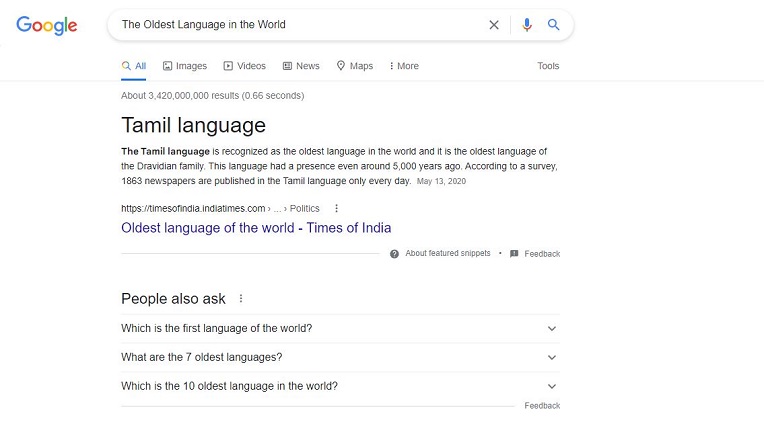Which language is closest to English? The answer is more complicated than you might think. Germanic languages have more similarities with the English language, but Dutch and German are far more similar. Even if they aren’t related, they are very close to the English language. Whether German and Dutch are closer to one another or not depends on how you look at them. It’s hard to know for sure, but both languages are incredibly diverse, with very different pronunciations.

The closest language to English is Norwegian, which is a Northern Germanic language. Vikings brought the Old Norse language to the British Isles, and it influenced the modern English language. The closest language to the English language is Frisian, a hybrid of three languages: Danish, Norwegian, and Dutch. These languages have many similar features, such as a similar grammar and a large vocabulary. Although Norwegian and English share many characteristics, they are still not quite the same.
The Germanic languages are the most closely related to English. Among them, Norwegian is the most similar, but it’s not the most similar language. French and Scots are close, but there are also many other languages that are closer to English than you might think. For example, the Norwegian language is closely related to English, and French is close to English. If you’re looking for a closer language, consider the Dutch and Scots. You’ll probably be glad you did.
Norwegian is another Germanic language. It’s not quite a direct translation, but it is a dialect of English that has many similarities. It’s a West Germanic language, which is why it’s closest to the English language. There are many other differences, but the similarities between the two languages are remarkable. The Dutch and English are very similar in spelling and pronunciation, as are Spanish and Portuguese. For linguistic similarity, they are the closest to each other.
The closest language to English is Dutch. It is also the closest to German and Dutch. However, Scots is a dialect of English and is not a direct translation. The two languages are very similar in terms of vocabulary, pronunciation, and structure. They share many similarities. There are few languages that are more closely related to English. If you want to study the English language, you’ll have to learn the Germanic ones.
There are many similarities between English and Dutch. Both are Germanic. Therefore, the language of the British Isles is the closest to the Germanic languages. The Germanic languages Dutch and Scots share the same linguistic roots, but they are very different in spoken form. In the case of Norwegian, the nearest language to English is Scots, which shares 80% of its vocabulary with the English language. The most closely related of these languages is Welsh.
In terms of vocabulary, the English language is closest to Dutch. It is used by more than 24 million people and has a similar pronunciation and spelling. Its friendly attitude has made Dutch an attractive language to learn. Despite this similarity, Scots is not a native language. The Netherlands has many different languages, so you will probably be able to learn it without any trouble. The Dutch language is also the most closely related to English in terms of its pronunciation and spelling.
When it comes to linguistic similarity, Scots and English are very similar. In fact, they are the only two languages that are closest to each other. The Scots language is closely related to German. It has a similar pronunciation to the English language. Both languages were developed around the same time and have a lot of common influences. It is not surprising that English is the most similar of all European languages.
The closest languages to English are Norwegian, Dutch, and Scots. Both languages belong to the Indo-European language family, and their linguistic origins are similar. Some Scandinavian languages, such as Swedish, are more closely related to English than others. For example, Norwegian has a high number of words that are similar to English. Interestingly, Norwegian has the largest amount of similarity with the other European languages.



